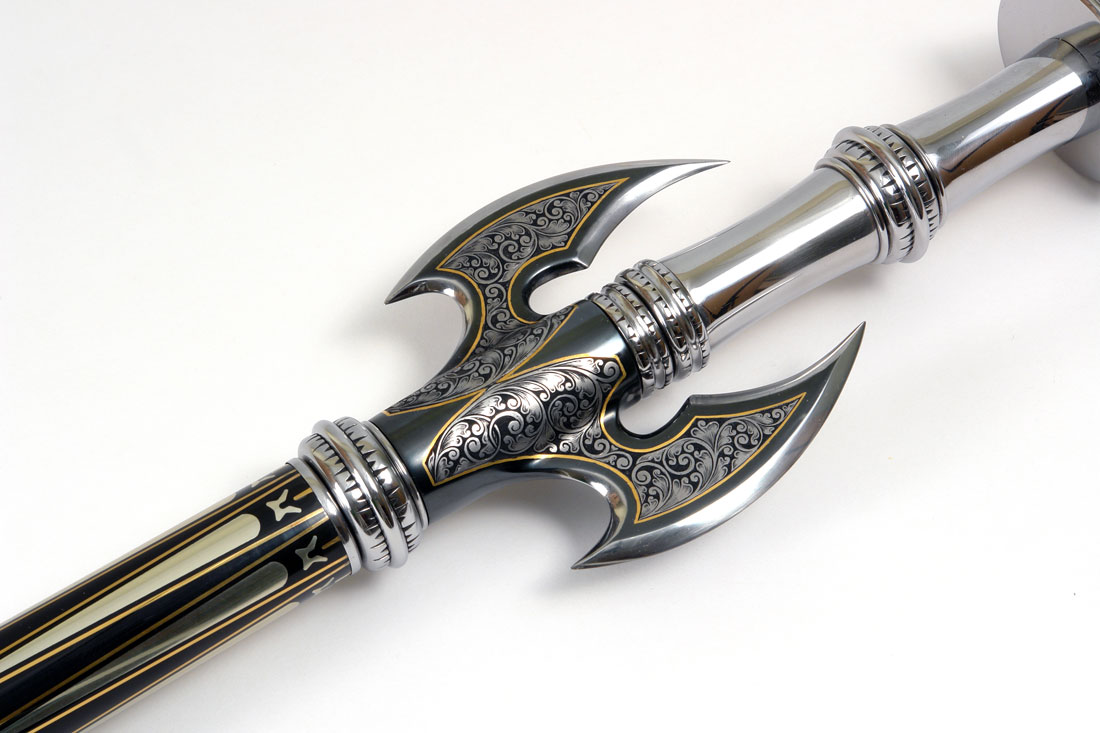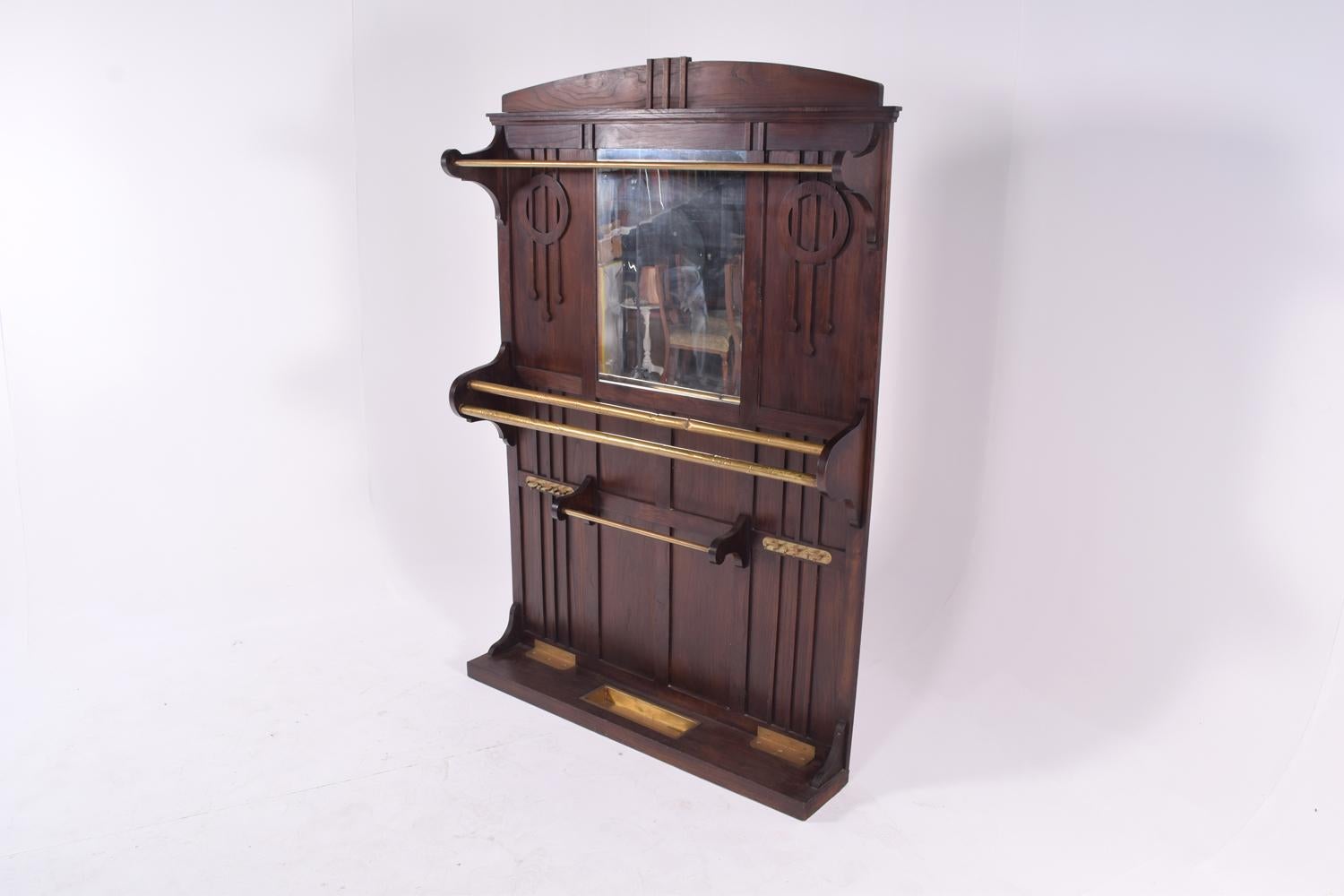

Gus Szamboti - A mid-century cue stick maker that worked until the late 1980s, Szamboti made renowned cues coveted for their superior materials and craftsmanship.Harvey Martin - Starting out in the roaring twenties, Martin's cues were beloved by west coast players up until the 1980s.Herman Rambow - Known for his brass type joints and self-made equipment, Rambow made pool cues throughout the early and mid-20th century.

While they're many makers of collectible cue sticks, both past and present, only a handful are counted among the best and highest quality. However, the most notable cue stick makers didn't emerge until the late 19th and 20th century. By the latter part of the seventeenth century, this practice had developed into the use of the cue. The maces had a large head, like a mallet, and the players would often turn the mace around and use the queue, or tail, to strike the ball. Other factors to consider which can significantly impact cue stick values include:Ĭue sticks were developed in the 17th century, and before conventional cues were produced, billiards was played with sticks called maces. These popular brands not only catch a collector's eye but also indicate a superior craftsmanship that can lend to a cue that could be dusted off and used today. For example, one mid-century Huebler cue stick sold for a little over $400, while a pair of Brunswick sticks sold for nearly $150, which are both on the significantly cheaper side for collectible pool cues. This makes more contemporary cues a perfect way for novice collectors to get familiar with the buying process and to begin building their own collections. Due in large part to the success of billiards during the period thanks to popular Hollywood hustler movies from either era, even unmarked cue sticks from the mid-century can sell for $40 or $50 each. Generally speaking, cue sticks that are worth the most amount of money are identifiably branded by reputable makers and come from the 1950s/1960s or the 1980s.


 0 kommentar(er)
0 kommentar(er)
